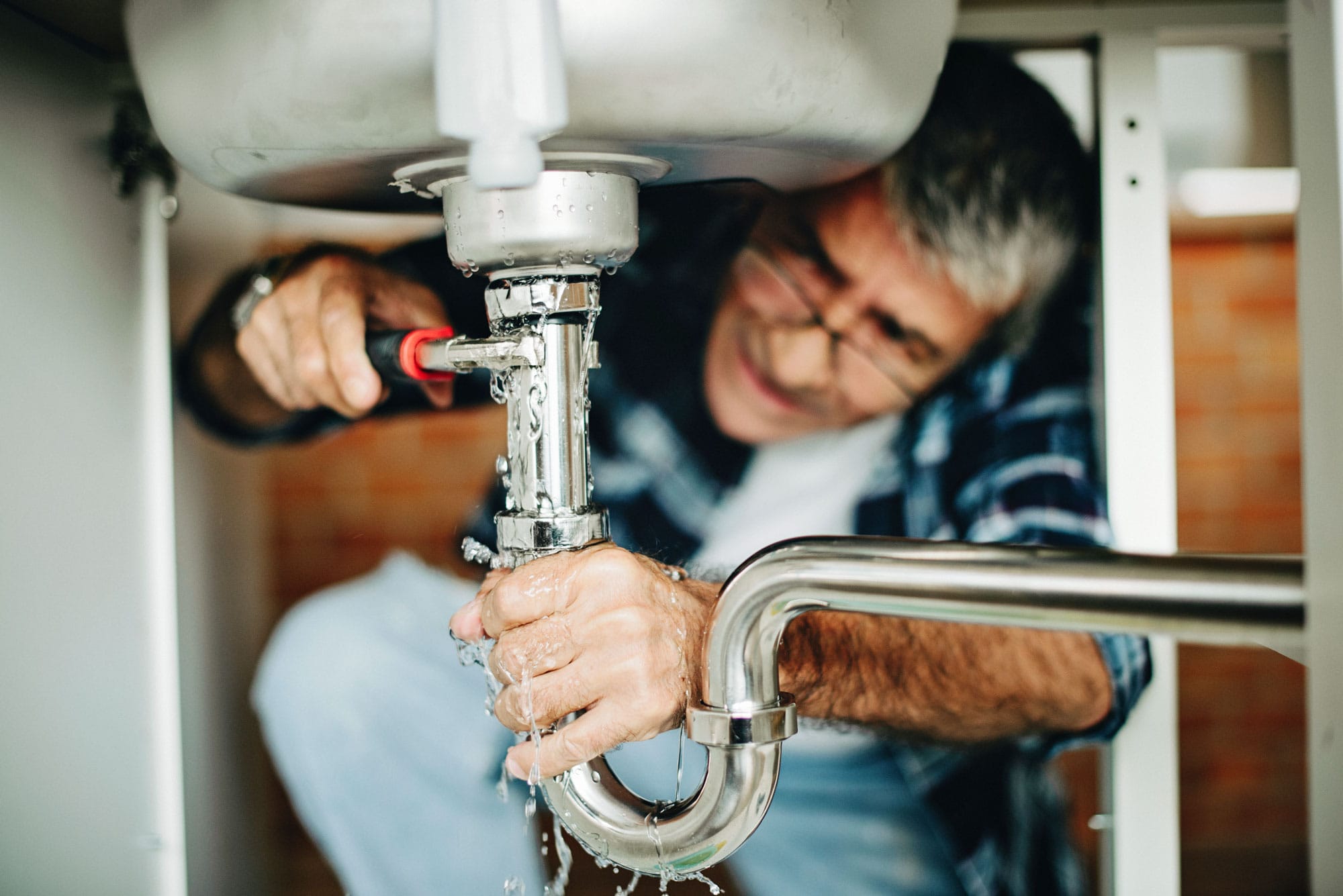Even the most well-intentioned DIYers can run into trouble when tackling home repairs. Some mistakes can lead to expensive fixes down the road or even pose safety risks. Here are five common home repair mistakes and how to avoid them.
- Using the Wrong Tools for the Job
Mistake: Many DIYers try to make do with whatever tools they have on hand instead of using the proper equipment. This can lead to damaged materials, inefficient work, or even personal injury.
How to Avoid It: Research the tools needed for your project and invest in quality equipment or rent specialized tools. Using the right tool ensures precision and safety.
- Ignoring Proper Permits and Regulations
Mistake: Some homeowners skip getting the necessary permits for electrical, plumbing, or structural work. While it may seem like an unnecessary step, unpermitted work can result in fines or complications when selling the home.
How to Avoid It: Before starting any major project, check local building codes and permit requirements. If a project requires a permit, go through the proper channels to ensure compliance and avoid legal issues.
- Overlooking Water Damage and Leaks
Mistake: Many DIYers focus on surface-level improvements without addressing underlying issues like hidden leaks, which can lead to mold, rot, and structural damage.
How to Avoid It: Inspect your home regularly for signs of leaks, such as water stains, musty odors, or warped flooring. If you suspect a leak, fix it before moving forward with cosmetic updates.
- Choosing the Wrong Materials
Mistake: Opting for cheaper or incorrect materials to cut costs can lead to premature wear and tear. For example, using interior-grade wood outside can result in rotting.
How to Avoid It: Choose materials suited for your specific project and environment. Research durability, weather resistance, and maintenance needs before making a purchase.
- Rushing Through the Project
Mistake: DIYers often underestimate the time needed for a project and try to speed through it, leading to poor workmanship and mistakes that require redoing.
How to Avoid It: Take your time to plan each step properly. Read instructions, watch tutorials, and be patient. If you’re in a rush, consider hiring a professional to ensure the job is done correctly the first time.
By avoiding these common mistakes, you can save time, money, and frustration while ensuring your home repairs are done safely and effectively.
With the right tools, materials, and approach, your DIY projects will stand the test of time!

